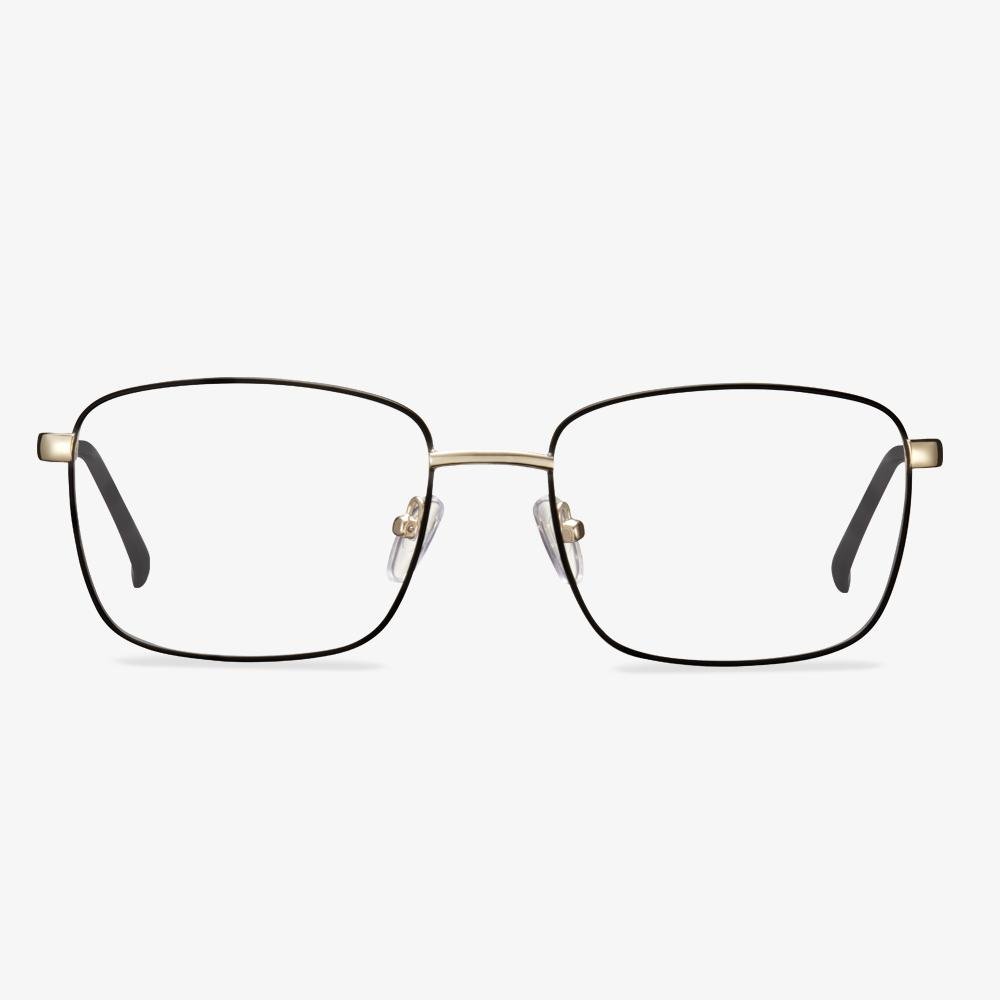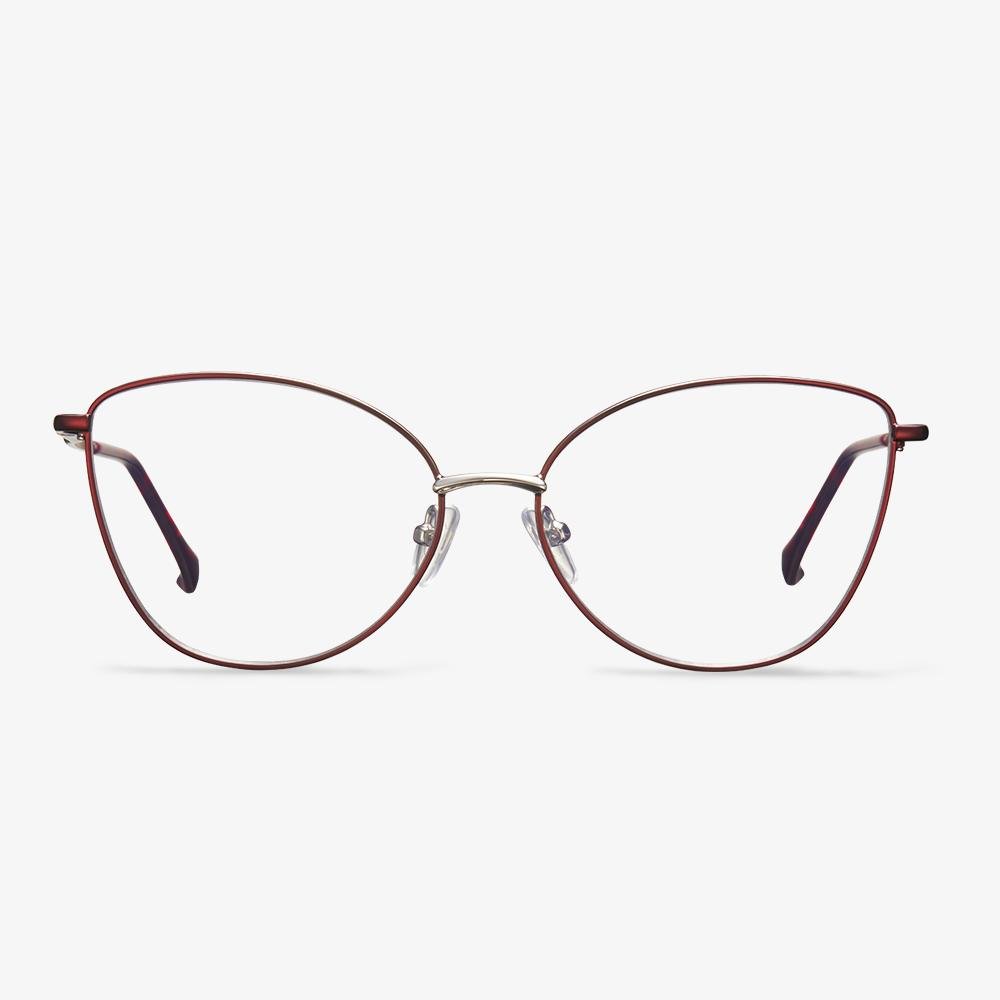New Fashion Police Men's Polarized Sunglasses Driving Glasses
They have high quality. The lens material is a polarized lens. The frame color is silver/gold/brown/black and the visibility rate is 99(%). UV protection rating is UV400,with 100% UV protection. They are suitable for driving, fishing, daily leisure.
Most accidents happen at night and before dawn, which has a lot to do with glare and the problem of many people having blurred vision in the dark. Every driver knows the trouble of driving at night: glare, bright reflections, and bright lights from oncoming traffic. In addition, poor visibility at night can make driving tiring and dangerous!
About Plastic Frames
It is usually divided into thermoplastic plastics and thermosetting plastics. Thermoplastics can be reworked under heat. Thermosetting plastics cannot. The plastic frame is usually made of nylon or composite material. Although it is a thermoplastic material, at regular temperature will not become soft. The plastics used to make frames are not always thermoplastic, but they can almost always be softened by heating. Thermosetting plastics are usually used only for small parts.
What Is Polycarbonate Lens?
Polycarbonate was invented in the 1970s for aerospace applications and is currently used for the helmet visors of astronauts and for space shuttle windshields.
Polycarbonate lenses were introduced in the early 1980s in response to a demand for lightweight, impact-resistance lenses. Since then, polycarbonate glasses have become standard for safety glasses, sports goggles, and children’s eyewear.
Polycarbonate glasses come with a lot of features such as thin and light and they provide 100% percent UV protection and are up to 10 times more impact-resistance than plastic pr glasses lenses.
How To Choose Better Night Driving Glasses?
Choose and buy glasses to use a special night with anti - strong night driving lens. The demand is to block 80-90% of the strong lights and harmful lights, and at the same time to make the road more clearly. Choose glasses with thicker lenses, they are more durable and protect the eyes of drivers against irritation and accidental breakage. As common sunglasses and color-changing glasses are only suitable for daytime wear, wearing them at night will seriously affect the driver's vision.
Common light yellow night driving glasses can only block a small amount of light, and is not very suitable for night driving glasses standards. Therefore, in the choice of lenses of night driving glasses, we must do the selection and demonstration of the national authority of the formal institutions to test products, to achieve the desired effect in actual use. Don't buy products that are not up to standards from vendors. Such products not only do not block the lights but may affect the driver to see the road ahead, affecting the safety of the train operation.
How to choose frames?
Of course, the best way is to try it on many times. The visual effect is more direct and reliable than trying on. Spend more time and you can find your own style suitable for you.
In addition, where comfort and aesthetics permit, choose the size as large as possible so that the view will be larger. However, there are some optometric parameters that limit the selection of frames. For example, if the pupil distance is very small, choose a size that is too large is not suitable. Try not to choose the product with spray paint on the surface, because durable time is shorter.
You should pay special attention to that TR, plastic steel, stainless steel, wood, β titanium glasses temple may not be adjusted. When trying on, it should be noted that the weight of the lens has not been added to the trying frame, to avoid the problem of discomfort (such as an easy slip of the frame) found after the preparation.
How To Use Contact Lens Correctly?
It is not recommended to use contact lenses when they are dry. Because when they are dry, even the nursing vacuole is used, the parameters change. It will affect the comfort of wearing, so it is recommended to replace the new lens. After the nursing liquid is used every time, you should cover the lid tightly. Do not touch the mouth of the bottle with your hand. If expired and unused, it should be discarded and replaced with new nursing fluid. As for your discomfort, you should return to the store for inspection.Contact lenses and glasses should be used interchangeably.
How to Keep Glasses from Slipping
Stick-on Nose Pads
Nose pads would be a good choice to prevent glasses to slide down your nose. Hence, you can stick a pair of rubber pieces in the nose pads of your glasses or you can choose a pair of glasses with rubberized nose pads. If you want to try a pair of nose pads glasses, the Koalaeye Optical may be a good choice. The rubber nose pads will make you feel steadier and better and the additional resistance on the nose pad will surely provide more support. So, if your glasses often slip down from your nose, try this way.
Wax Coating
To keep glasses from slipping, you can try wax coating which is a smart move. Use the wax on your nose pad area along with the temple where the glasses come into contact with the skin. In general, it works fine and it is nearly invisible.
Temple Ear Hook
The temple ear hook is a good way to keep glasses from slipping. It can provide mechanical support behind the ear and you will feel the support from the back of your ears. But the drawback of the temple ear hook is that it is quite visible. When you take off the lenses, you need to lift the temple higher so that the ear hook could clear the ear’s crest. Besides, the cheaper one might cause some discomfort to the back of your ears because of the pressure.
Rubber Bands and Hair Ties
To keep glasses from slipping, you can also try hair ties and rubber bands. You can tie one around the temple tip behind your ear so that it can provide both slight mechanical support and friction forbidding your glasses from moving around. What’s more, this is a low-cost method.


















































